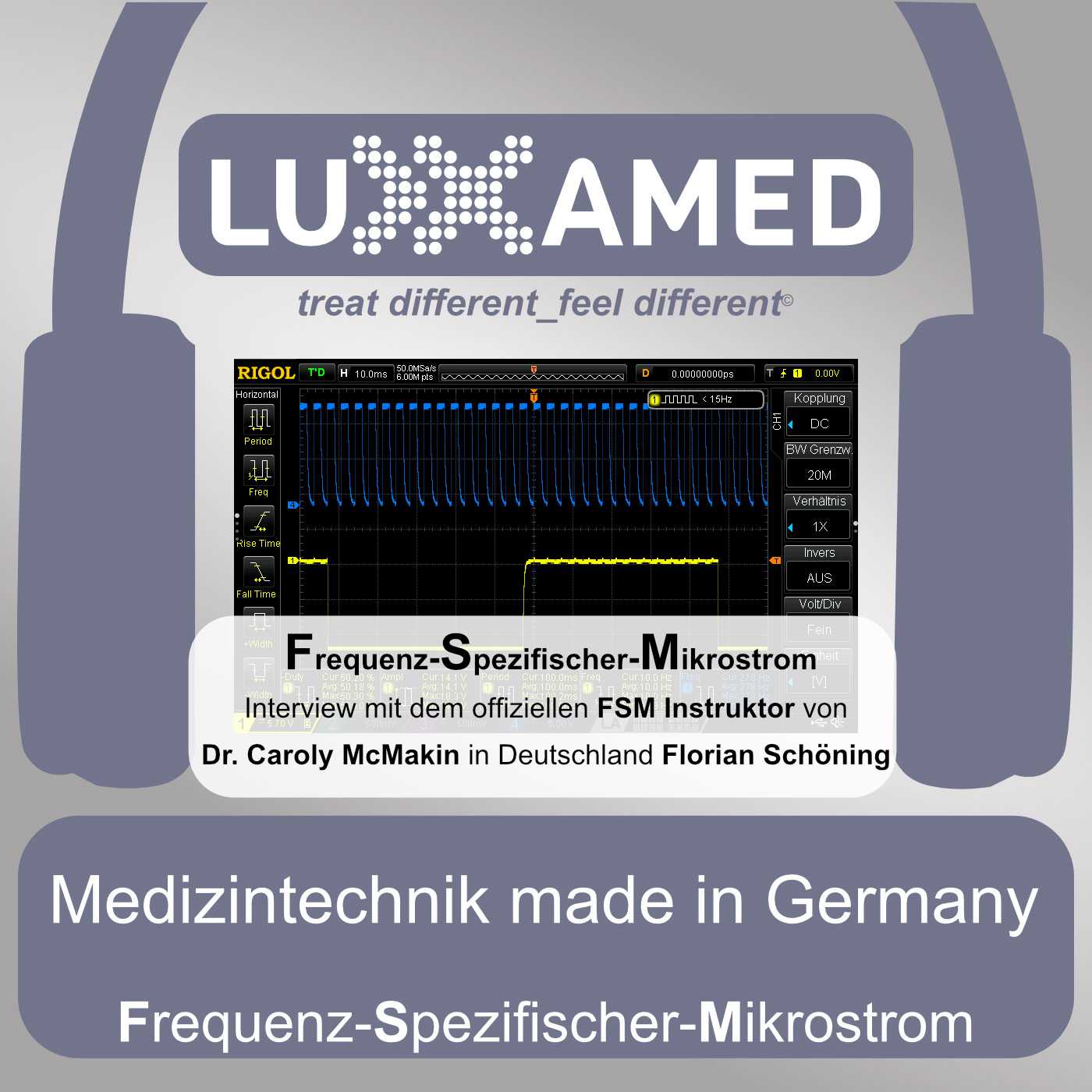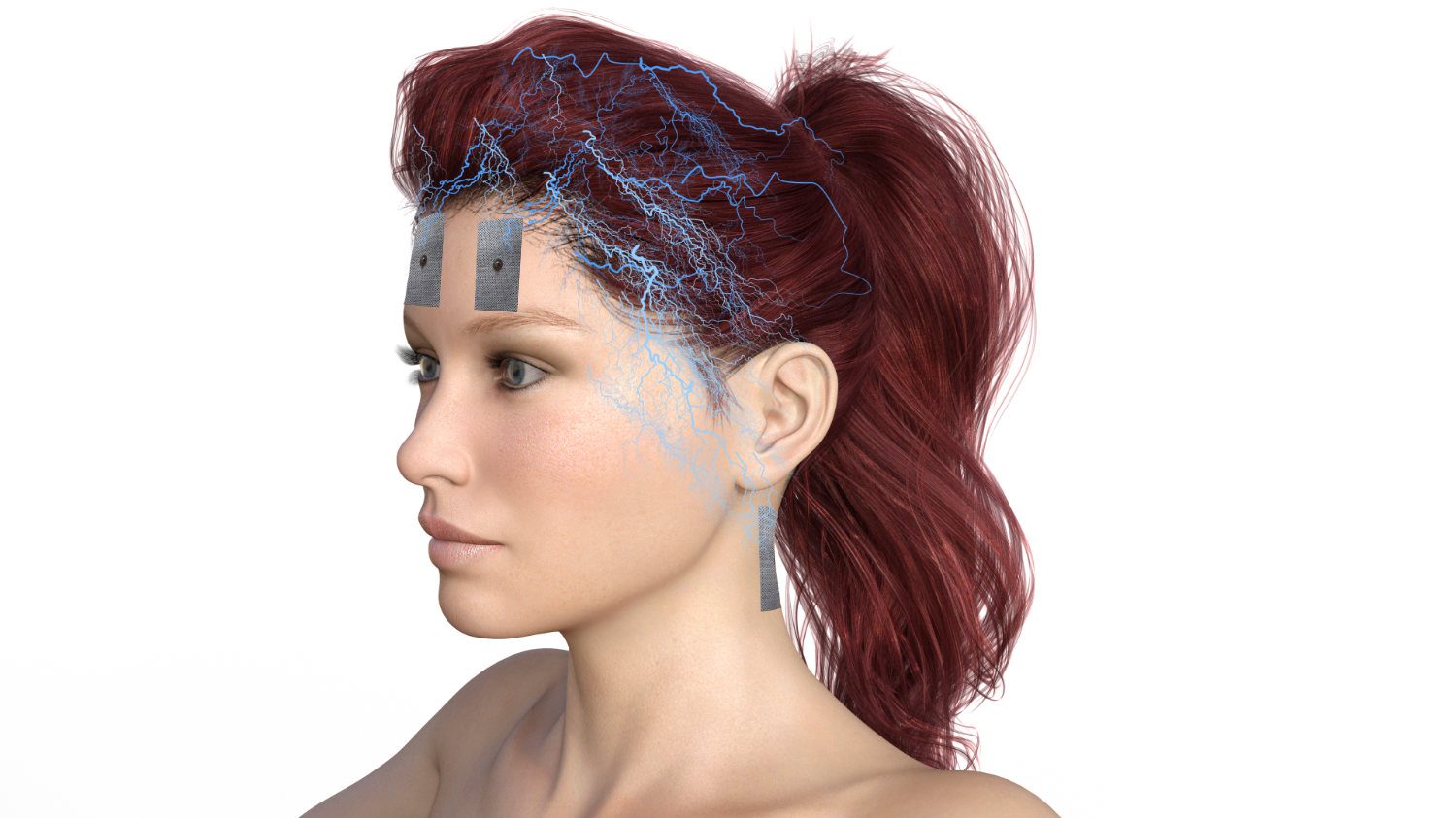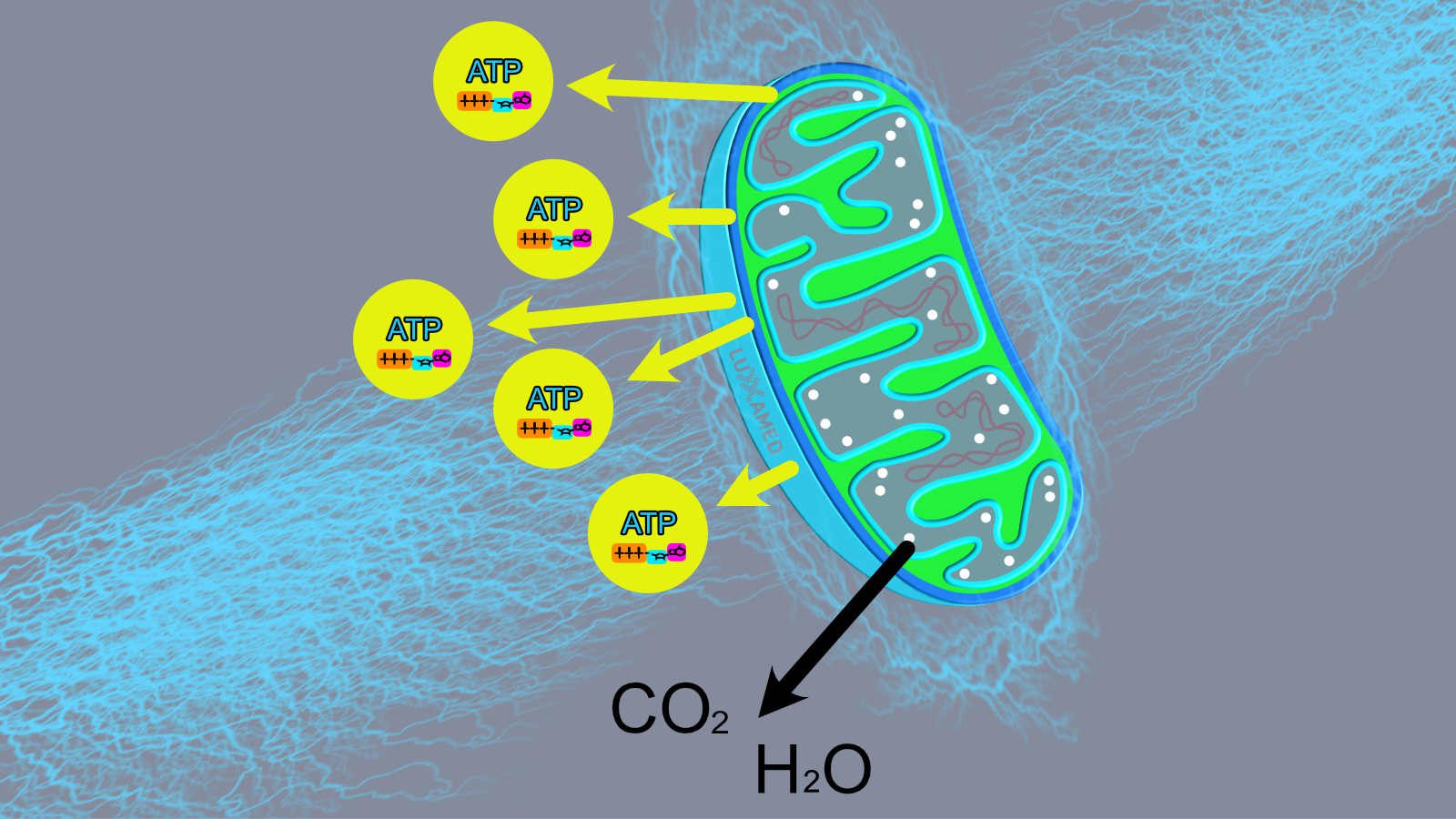Dieser Beitrag ist auch verfügbar auf:
![]() Deutsch
Deutsch
Photobiomodulation
The role of light, especially LED light, in biological systems and its influence on various biological processes such as cell regeneration and healing.
Research has opened up new areas of application for LED light therapy in medicine and tissue engineering. Photobiomodulation (PBM), which uses LED light for phototherapy, has been shown to be effective in accelerating healing processes by increasing ATP synthesis in mitochondria and cell membrane photoreceptors.
The study of the effect of PBM on stem cells has shown that it can improve their proliferation. In addition, it could also promote stem cell differentiation, which improves the healing rate of tissues. Different types of lasers and wavelengths have different effects, with red light or near-infrared (NIR) light being the most commonly used wavelengths in PBM. However, recent research has shown that blue and green light can enhance the differentiation of stem cells derived from human adipose tissue.
One of the theories on how PBM works is that it interacts photochemically with the target cells. The mitochondria absorb the photons from the PBM, leading to the activity of various molecules such as nitric oxide (NO), ATP, calcium ions, reactive oxygen species (ROS) and numerous other signalling molecules. ROS can be beneficial at low concentrations and induce apoptosis in certain cells by acting as secondary messengers for various signalling pathways.
Some studies have shown that LED light application in the red light range increases activity in the plasma membrane of cells, with 810 nm as the optimal wavelength for treatment. However, it is assumed that other molecules can also absorb at higher wavelengths, which expands the application range of PBM.
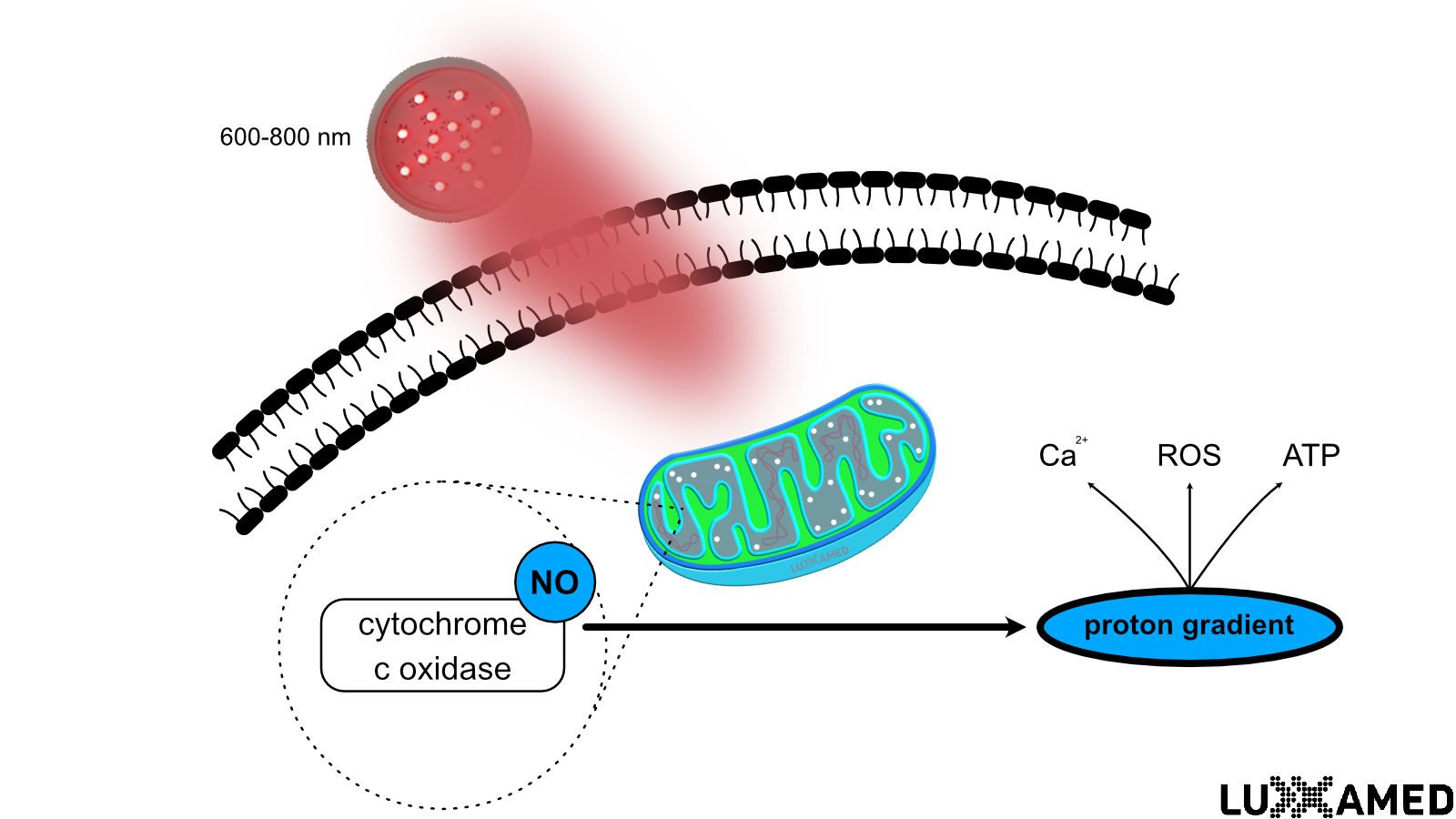
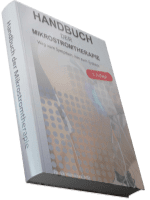
The study by Wetzel et al. (2013), conducted at the Fraunhofer Institute FEP for Plasma and Radiation Technology, focused on the LED light therapy of the Luxxamed HD2000.
LED light therapy is a form of therapy that uses light waves to treat various health conditions. In this case, the LED light therapy of the Luxxamed HD2000 was studied, a special device developed for this type of therapy.
The study aimed to explore the impact of Luxxamed LED light therapy on human cells. Human cells are, simply put, human cells. In this study, skin and connective tissue cells were investigated, two essential cell types found in our bodies.
An important aspect of the study was to investigate the hypothesis that LED light therapy has an effect on inflammatory processes in human cells. Inflammation is the body’s natural reaction to injury or disease and plays a central role in the immune response.
Bacterial lipopolysaccharide was used to induce an inflammatory response in the cells studied. Lipopolysaccharides are molecules that are found in the outer membrane of certain types of bacteria and can trigger strong inflammatory reactions.
After the application of LED light therapy, it was shown that a 20-minute treatment of human cells was able to stop the inflammatory reaction.
This was confirmed by measuring IL-8 and IL-6, two important cytokines that play a role in inflammatory reactions. IL-8 and IL-6 are types of signalling proteins that the immune system uses to coordinate inflammatory responses. The study found that levels of IL-8 were reduced by up to 21.3% and IL-6 by up to 17.8%, confirming a significant anti-inflammatory effect of Luxxamed LED light therapy.
In summary, the study by Wetzel et al. has shown that Luxxamed HD2000 LED light therapy has a significant anti-inflammatory effect on human cells, which could make it a potential therapeutic option for various inflammation-related diseases.
Sources
Dompe, Claudia; Moncrieff, Lisa; Matys, Jacek; Grzech-Leśniak, Kinga; Kocherova, Ievgeniia; Bryja, Artur et al. (2020): Photobiomodulation-Underlying Mechanism and Clinical Applications. In: Journal of clinical medicine 9 (6). DOI: 10.3390/jcm9061724.
Wetzel, Christian; Karutz, Anna (2013): Abschlussbericht Ermittlung des Einflussses der Nanophotonentechnologie auf in vitro-Zellkulturen. Hg. v. Fraunhofer FEP.


